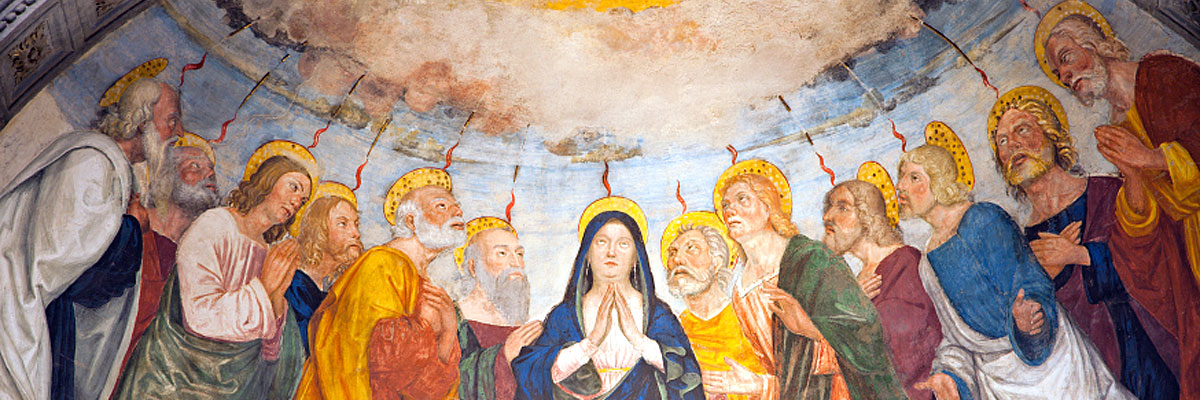
Understanding Our Church
A Treasury of Arkansas Writers Discussing the Catholic Faith
Official Website of the
Catholic Diocese of Little Rock
Pope Benedict XVI’s many written works humbly explain the faith
Published: February 4, 2023
By Edward C. Dodge
Catholic High School for Boys
In December, when Pope Francis asked us to pray for Benedict XVI as he prepared to go to the Father’s house, I couldn’t help reflecting on the impact Benedict has had on me, and I immediately revisited some of his works as I joined my own prayers for Benedict to those of Christians worldwide.
A brief study of Joseph Ratzinger’s life reveals that he had two primary hopes: to become a Christian priest and to be a professor, but while he did become a priest, the business of the Church kept him from the latter: first, as a theological expert at the Second Vatican Council, then as archbishop of Munich, next as the head of the Congregation for the Doctrine of the Faith (a position from which he tried to resign) and finally as pope.
Nonetheless, to read Ratzinger’s works is to know that he perceived himself to be a “humble servant in the Lord’s vineyard,” a sobriquet he applied to himself in his first papal address and which his abdication confirms. There are two other stories of Benedict from immediately after his election that I believe further emphasize his humble and scholarly nature.
During Lent this year, you could read the Stations of the Cross reflections Ratzinger wrote in 2005, shortly before becoming pope. Or you could read about an inspirational Christian life in his homily for St. John Paul II’s funeral Mass.
First, he returned to the apartment where he’d lived for some time in Rome and knocked on his neighbors’ doors to personally thank the nuns who had helped to care for the apartments.
Second, he collected the books he would need, his treasury, to prepare his reflections. In some way, perhaps the papacy set him free to be the scholar-pastor he’d foreseen. For example, Benedict used his general Wednesday audiences to reflect upon the lives of Gospel personages, the Church fathers, mothers and a number of saints.
You can find these beautiful, inspiring and accessible reflections online or in print. I’d like to recommend a few of Benedict’s works to you, but first, let’s talk about why they are worth reading. By many accounts, Ratzinger was the finest biblical scholar of the past century, and he not only engaged other perspectives, but he often stated them more clearly than their proponents.
In his works, the reader finds not only Ratzinger’s sincere faith, but also his sincere respect for others and their encounters with God. As head of the Congregation for the Doctrine of the Faith for two decades, Ratzinger encountered many different theological and biblical arguments, allowing him to consider their perspectives in his own personal writings.
During Lent this year, you could read the Stations of the Cross reflections Ratzinger wrote in 2005, shortly before becoming pope. Or you could read about an inspirational Christian life in his homily for St. John Paul II’s funeral Mass. For a biblical philosophy of stability in Christ, read his homily for the conclave in 2005, often referred to by its key argument: St. Paul against the “dictatorship of relativism.” These are all available on the Vatican website.
I found Ratzinger’s little book, “The Blessings of Christmas,” a powerful reflection on the birth of the Lord, and his memoir, “Milestones,” provides insight into a life of trust in the Lord.
Benedict’s papal encyclicals, especially “Deus Caritas Est” and “Spe Salvi” are beautiful reflections on God’s love and Christian hope, available on the Vatican website.
Benedict published a wide array of books, but I’ll leave you with three more that particularly affected me, read “Introduction to Christianity” if you want a biblical and theological examination of the creed, read “The Spirit of the Liturgy” if you seek a more profound participation within Mass and read his “Jesus of Nazareth” series to see the Lord’s face more clearly.



